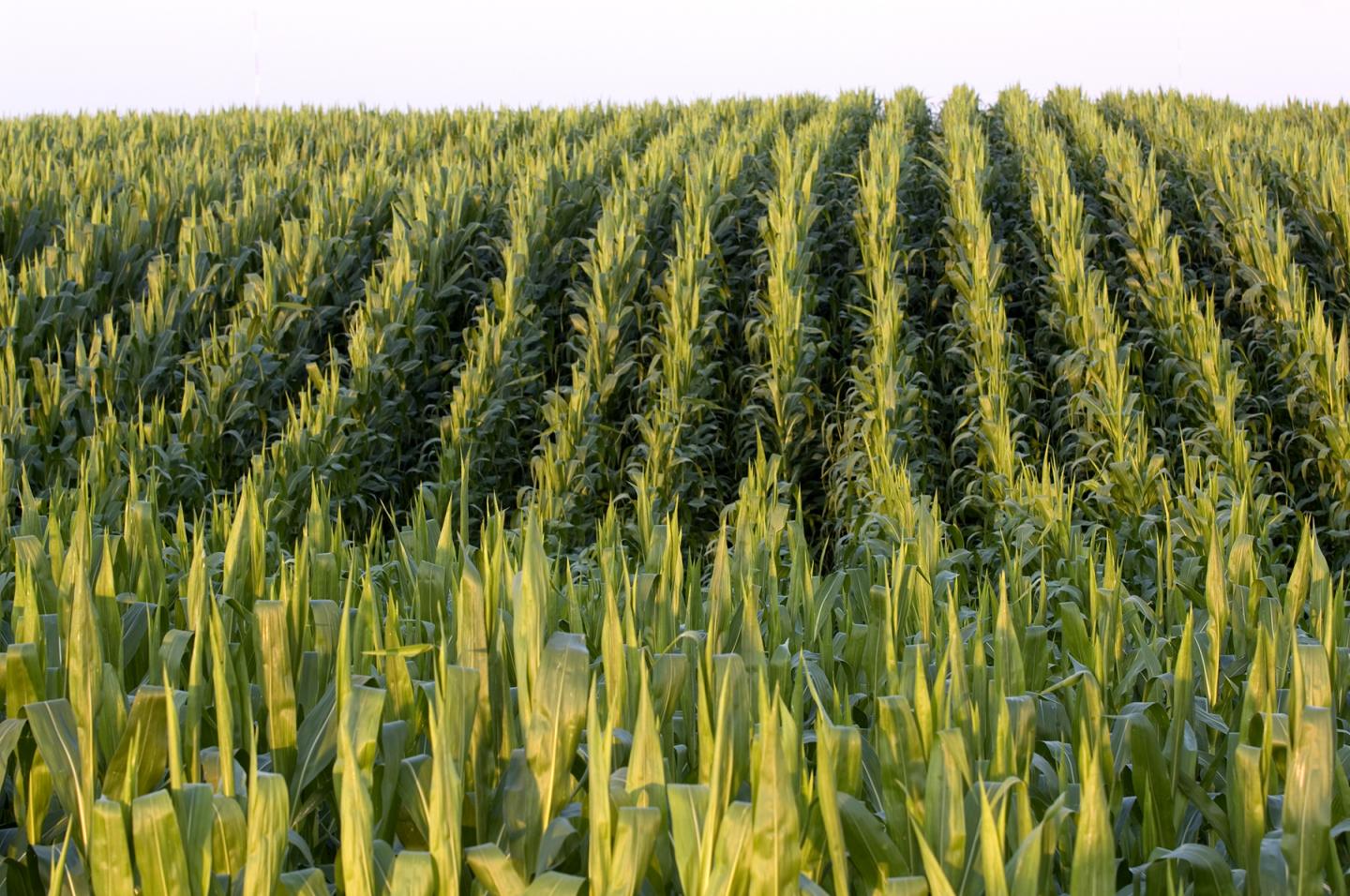
Credit: Courtesy of Michigan State University
EAST LANSING, Mich. – Michigan State University scientists have pinpointed a new source of nitrous oxide, a greenhouse gas that's more potent than carbon dioxide. The culprit?
Tiny bits of decomposing leaves in soil.
This new discovery is featured in the current issue of Nature Geoscience, could help refine nitrous oxide emission predictions as well as guide future agriculture and soil management practices.
"Most nitrous oxide is produced within teaspoon-sized volumes of soil, and these so-called hot spots can emit a lot of nitrous oxide quickly," said Sasha Kravchenko, MSU plant, soil and microbial scientist and lead author of the study. "But the reason for occurrence of these hot spots has mystified soil microbiologists since it was discovered several decades ago."
Part of the vexation was due, in part, to scientists looking at larger spatial scales. It's difficult to study and label an entire field as a source of greenhouse gas emissions when the source is grams of soil harboring decomposing leaves. Changing the view from binoculars to microscopes will help improve N2O emission predictions, which traditionally are about 50 percent accurate, at best. Nitrous oxide's global warming potential is 300 times greater than carbon dioxide, and emissions are largely driven by agricultural practices.
"This work sheds new light on what drives emissions of nitrous oxide from productive farmlands," said John Schade, a program director for the National Science Foundation's Long-Term Ecological Research program, which co-funded the research with NSF's earth sciences division. "We need studies like this to guide the creation of sustainable agricultural practices necessary to feed a growing human population with minimal environmental impact."
To unlock the secrets of these N2O hotspots, Kravchenko and her team took soil samples from MSU's Kellogg Biological Station Long-term Ecological Research site. Then in partnership with scientists from the University of Chicago at Argonne National Laboratory, they examined the samples at Argonne's synchrotron scanning facilities, a much more powerful version of a medical CT scanner. The powerful X-ray scanner penetrated the soil and allowed the team to accurately characterize the environments where N2O is produced and emitted.
"We found that hotspot emissions happen only when large soil pores are present," Kravchenko said. "The leaf particles act as tiny sponges in soil, soaking up water from large pores to create a micro-habitat perfect for the bacteria that produce nitrous oxide."
Not as much N2O is produced in areas where smaller pores are present. Small pores, such as in clay soils, hold water more tightly so that it can't be soaked up by the leaf particles. Without additional moisture, the bacteria aren't able to produce as much nitrous oxide. Small pores also make it harder for the gas produced to leave the soil before being consumed by other bacteria.
"This study looked at the geometry of pores in soils as a key variable that affects how nitrogen moves through those soils," said Enriqueta Barrera, program director in NSF's earth sciences division. "Knowing this information will lead to new ways of reducing the emission of nitrous oxide from agricultural soils."
More specifically, future research will review which plant leaves contribute to higher N2O emissions. Plants with more nitrogen in their leaves, such as soybeans, will more than likely give off more N2O as their leaves decompose. Researchers also will look at leaf and root characteristics and see how they influence emissions.
###
Additional MSU scientists who were part of this study include: Ehsan Toosi, Andrey Guber, Nathaniel Ostrom and Phil Robertson. Researchers from Khyber Pakhtunkhwa Agricultural University Peshawar (Pakistan) and the Argonne National Lab also contributed to this paper.
Michigan State University has been working to advance the common good in uncommon ways for more than 150 years. One of the top research universities in the world, MSU focuses its vast resources on creating solutions to some of the world's most pressing challenges, while providing life-changing opportunities to a diverse and inclusive academic community through more than 200 programs of study in 17 degree-granting colleges.
For MSU news on the Web, go to MSUToday. Follow MSU News on Twitter at twitter.com/MSUnews.
Media Contact
Layne Cameron
[email protected]
517-353-8819
@MSUnews
http://msutoday.msu.edu/journalists/
############
Story Source: Materials provided by Scienmag





